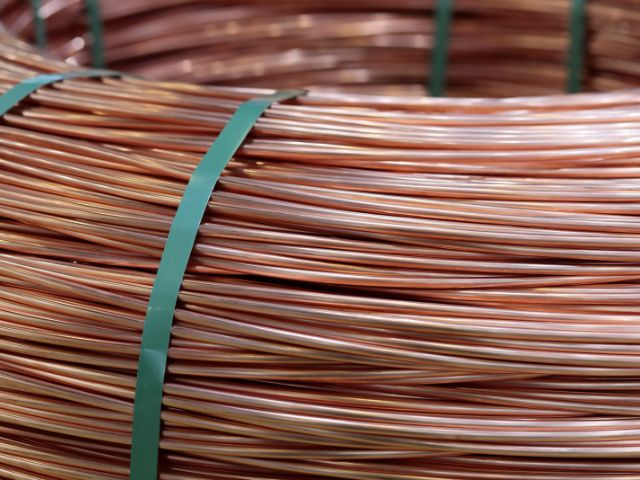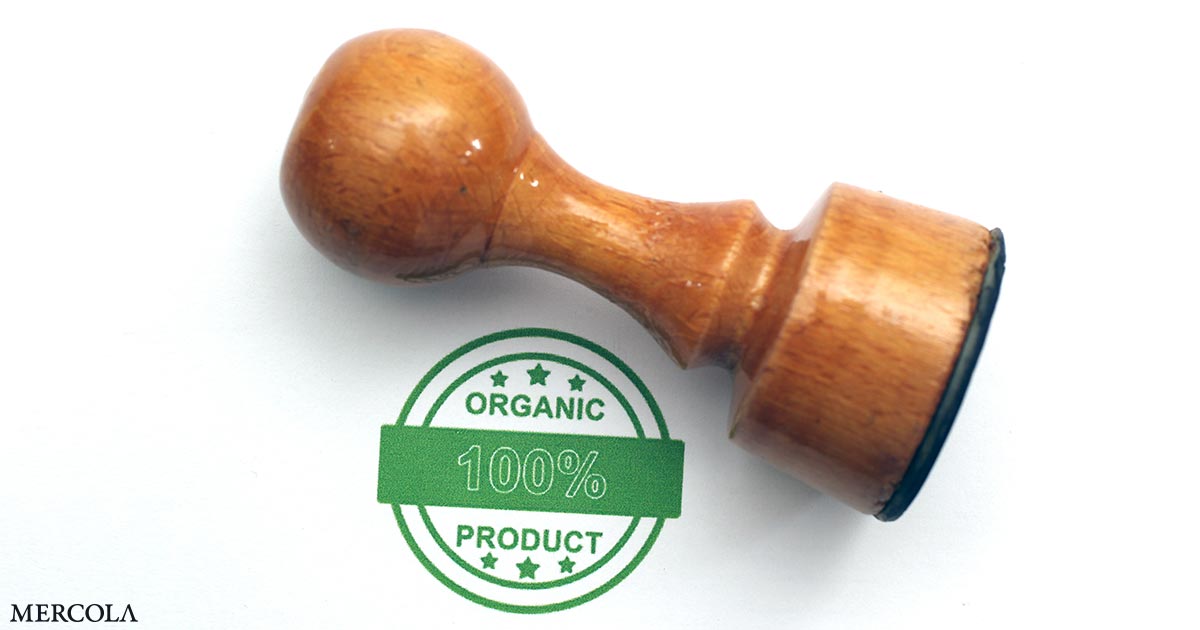

People often hail copper as the “metal of electricity” due to its unparalleled conductive properties, making it an essential material for energy production and distribution. In the evolving landscape of global energy needs, you cannot overstate copper’s function. From renewable energy systems to energy efficiency initiatives, copper plays a pivotal role in harnessing, transmitting, and storing energy. It also ensures you can carry out these processes as efficiently and sustainably as possible.
Let’s look at four ways copper can help energy production and why it’ll continue to be a critical material in the energy industry.
Renewable energy sources, such as solar and wind power, are becoming increasingly popular alternatives to fossil fuels due to their lower carbon emissions and potential for long-term sustainability. Copper is a key component in renewable energy systems, with its high conductivity allowing for efficient conversion of energy from sources like sunlight and wind into usable electricity. For example, solar panels use copper wiring to transport electricity that their photovoltaic cells generate, while wind turbines rely on copper coils in their generators to produce electricity.
Aside from generating renewable energy, copper also plays a vital role in increasing energy efficiency. Copper is a key material used in energy-efficient technologies like LED lighting, which uses significantly less energy than traditional incandescent bulbs. Copper also helps improve electric motors’ efficiency. They’re useful in everything from household appliances to industrial equipment.
By reducing the energy necessary for these devices, copper contributes to overall energy savings and reduced carbon emissions. Whether through copper alloys in heat exchangers or as wiring in energy-efficient buildings, copper reduces energy consumption and promote sustainability.
With the rise of renewable energy sources, the need for efficient energy storage solutions is becoming increasingly important. Copper is an essential material in batteries for energy storage, such as the lithium-ion batteries common in electric vehicles and renewable energy systems.
Additionally, copper is critical in other emerging energy storage technologies, such as flow batteries and supercapacitors. Don’t feel surprised to see copper playing a key role in the development of innovative energy storage solutions in the future.
In addition to its direct role in energy production and storage, copper is crucial in the infrastructure necessary to distribute and transmit electricity efficiently. Due to its high conductivity, durability, and corrosion resistance, copper is in power lines, transformers, and other electrical grid components. Due to aging energy infrastructures in many countries, there’s an increasing need for sustainable upgrades that incorporate copper to improve efficiency and reduce energy losses during transmission.
Copper’s versatility and sustainability make it an invaluable material for energy production and distribution. As the world shifts toward cleaner and more efficient energy systems, the demand for copper will only continue to grow. Energy production is just one of the common uses of industrial copper, and you shouldn’t underestimate its importance in pursuing a more sustainable future. So ensure responsible mining and recycling practices are in place to meet this growing demand while minimizing environmental impacts.
24World Media does not take any responsibility of the information you see on this page. The content this page contains is from independent third-party content provider. If you have any concerns regarding the content, please free to write us here: contact@24worldmedia.com

When My Mom Got Sick, This TV Show Kept Us Going

Food Additive in Pizza, Pancakes Linked to Lower Sperm Counts

The Ins and Outs of Organic Food Labeling

Even With Gaza Under Siege, Some Are Imagining Its Reconstruction

U.S. Lags Behind Other Countries in Hepatitis-C Cures

Bill Harris: Omega-3 – A Simple Way to Lower Your Risk of Disease


Chasing a hockey dream together: How Luke and Sophia Kunin make the first NHL-PWHL marriage work

Why Constipation Is on the Rise

Mistakes To Avoid When Planning for Retirement

‘To the Future’: Saudi Arabia Spends Big to Become an A.I. Superpower

Antidepressants: What to Know About Uses and Side Effects